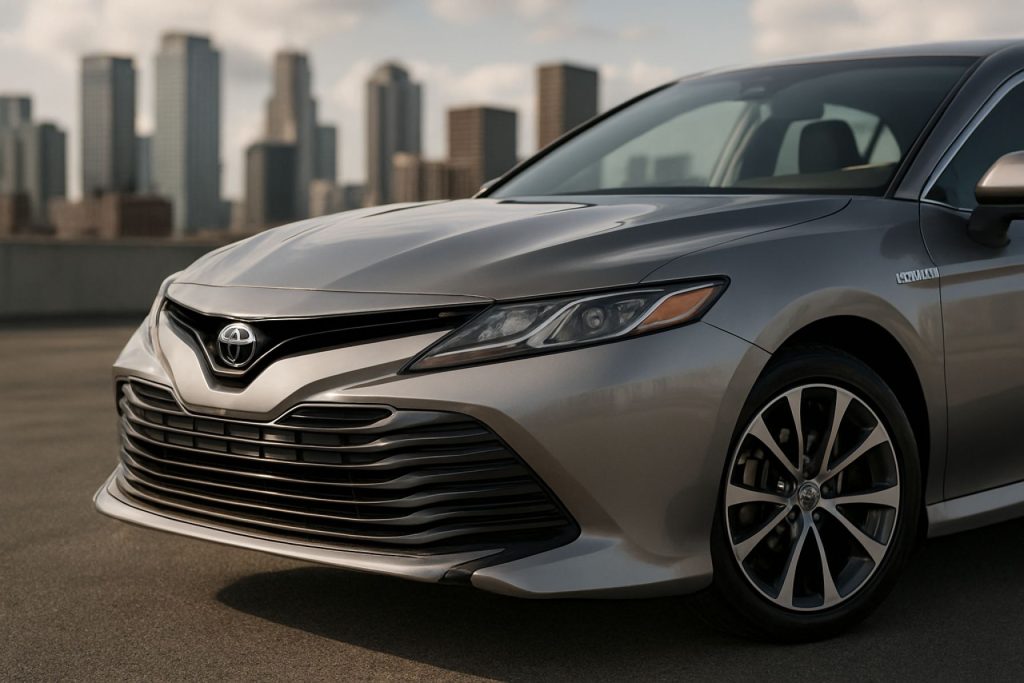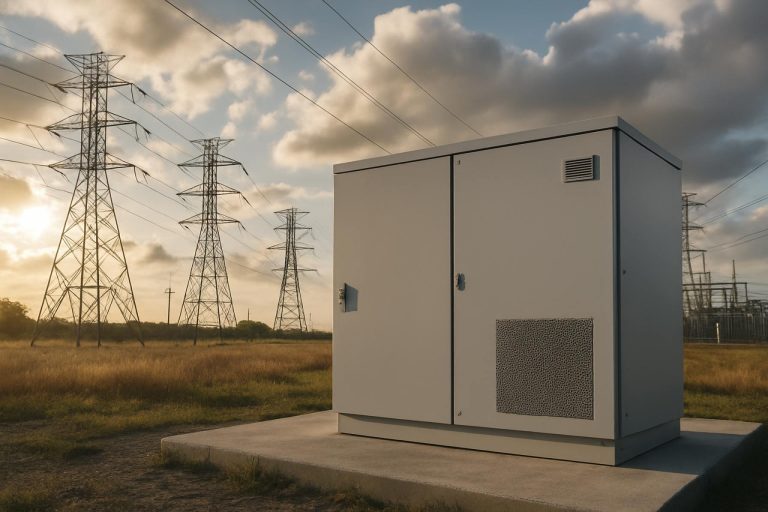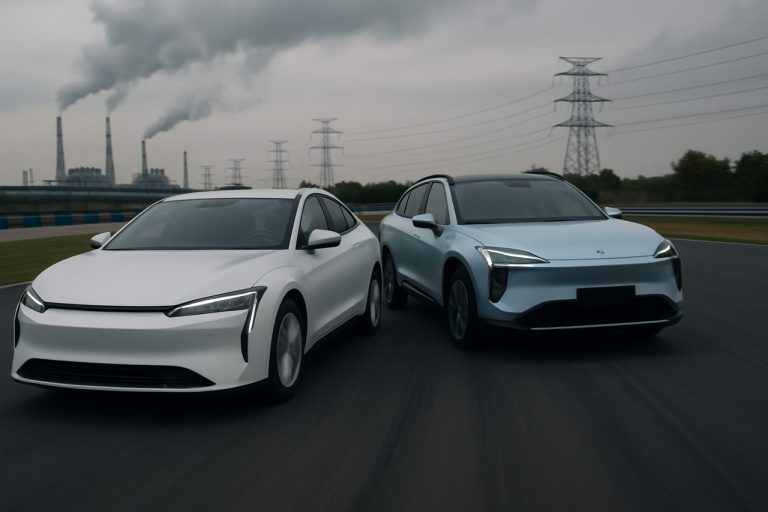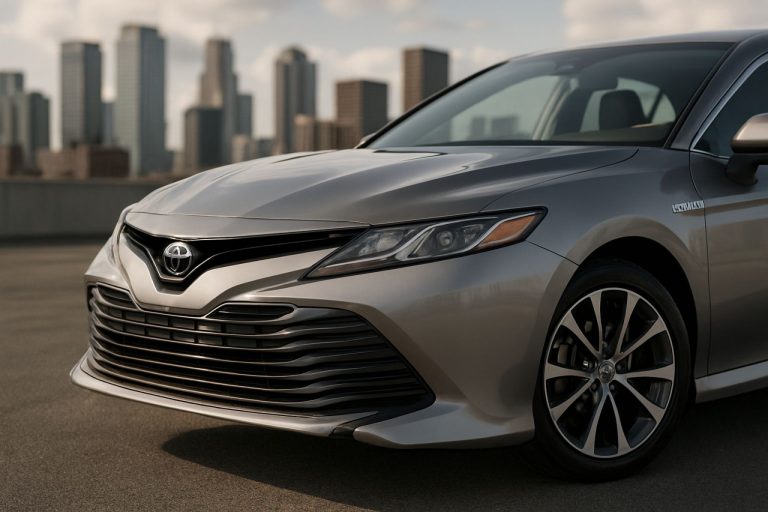
- Toyota is investing heavily in a diverse electrified lineup—including hybrids, plug-in hybrids (PHEVs), and all-electric vehicles—rather than focusing solely on battery-electric cars.
- The company claims the most varied electric vehicle selection among mainstream automakers, with 32 hybrid or plug-in options across Toyota and Lexus brands.
- PHEVs like the RAV4 Prime offer buyers electric-only driving for daily commutes, combined with gasoline power for longer trips, bridging the gap to full electrification.
- Upcoming models, including bZ electric SUVs, promise longer range and Tesla Supercharger compatibility, catering to evolving consumer demands and infrastructure.
- Toyota’s multi-track strategy aims to accommodate varying consumer readiness and charging access, positioning flexibility and choice as its competitive edge in the transition to clean mobility.
The sun is setting on the internal combustion engine, but Toyota stands undaunted, orchestrating a high-stakes play that could reshape American driveways for decades. The automaker synonymous with hybrid technology—think Prius, a fixture on city streets since the late nineties—now unleashes a dazzling spectrum of choices: hybrids, plug-in hybrids (PHEVs), and a fresh slate of all-electric vehicles. Their strategy? Don’t bet on a single horse—load the bases with electrified options, and swing for the fences.
America’s Electrified Giant Awakens
In the first quarter alone, nearly half of Toyota’s U.S. sales bore some electrified badge, a remarkable feat in a market still cautiously flirting with full electrification. With 32 plug-in or hybrid options across both Toyota and Lexus, the company claims the most varied electric lineup among mainstream automakers. The Toyota RAV4—a staple of suburbia—now boasts a PHEV twist with 50 miles of pure electric range, quietly surpassing itself as corporate ambition seeps into each redesign.
But electrification means more than simply bolting a battery onto a gas engine. Each PHEV fuses the complexity (and, yes, the cost) of dual powertrains. The latest RAV4 plug-in starts at $44,265, a leap from its pure-gas sibling. Toyota is betting a growing share of buyers will see this not as a premium but as a promise: silent electric commutes without sacrificing the certainty of gasoline for longer journeys.
Building the Bridge, Daring the Crossing
Toyota—cautious, meticulous, and handsomely funded—sees PHEVs not as the destination, but the bridge. Unlike rivals such as Ford and Tesla, which have wagered heavily on battery-only vehicles, Toyota believes Americans prefer a gradual detour to full electrification.
Upcoming electric SUVs like the bZ and rugged bZ Woodland glint on the horizon. Each promises longer range and compatibility with Tesla’s robust Supercharger network, a nod to growing consumer demands for convenience and reassurance. In 2026, models like the compact C-HR electric will widen Toyota’s reach, tuning into increasingly diverse buyer habits.
If Not Now, When?
Rivals are watching. Nissan touts its next-generation e-Power hybrids; Honda and Mazda, too, are threading carefully, dancing between electrification and conventional engines. Yet, every quarter, new disruptors—chiefly from China—flood the global market with inexpensive, high-tech EVs, putting the established order on notice.
Toyota’s multitrack approach could empower millions to transition at their own pace, particularly in areas where charging infrastructure limps behind consumer enthusiasm. Yet, the clock ticks relentlessly: full battery-electric vehicles continue to win converts, their silent acceleration and low maintenance whispering of a simpler, cleaner era.
The Road Ahead
Toyota’s calculated gamble questions orthodoxy: must the path to a sustainable future be a straight line? By offering an electrified vehicle for nearly every taste and need, the company refuses to narrow its bet. The real race, then, is not just about winning today—it’s about lasting long enough to shape how we travel tomorrow.
As automakers jostle for position in this high-voltage derby, the key lesson emerges: adaptation, not dogma, may separate the winners from the also-rans. Toyota’s vision might prove prescient—or it might vanish beneath a rising tide of pure electrics. For drivers, one thing is clear: choice is no longer a luxury. It is the new normal.
This Toyota Hybrid Surprise Will Change America’s Roads Forever (Is Gas Finally Over?)
Toyota’s Electrification Gamble: What the Headlines Don’t Say
Toyota’s bold multi-pronged strategy toward vehicle electrification is making waves in a rapidly evolving automotive market. Going far beyond what’s covered in most mainstream articles, here’s an expert-driven, fact-packed breakdown addressing the pressing questions, industry trends, forecasts, life hacks, and actionable tips for drivers considering the jump to an electrified Toyota—or any electric vehicle—in 2024 and beyond.
—
1. Real-World Use Cases: Why Hybrids & PHEVs Matter Now
– Range Anxiety Solutions: Toyota’s hybrid and PHEV (Plug-In Hybrid Electric Vehicle) lineup directly responds to “range anxiety,” the most cited concern among prospective EV buyers (source: AAA, 2023). With models like the RAV4 Prime offering up to 50 miles of all-electric driving plus a gas engine backup, drivers get the best of both worlds—perfect for commuters or families in areas with unreliable charging infrastructure.
– Winter Climate Performance: Full battery EVs can experience up to 40% range loss in cold weather (source: Consumer Reports). Hybrids and PHEVs largely sidestep this with backup gasoline engines, which is especially valuable in northern states.
2. Features, Specs & Pricing: Going Deeper
– Varied Offerings: Toyota’s electrified fleet now spans sedans (Camry Hybrid, Prius), compact SUVs (RAV4 Hybrid/Prime, Highlander Hybrid), minivans (Sienna Hybrid), and even luxury options via Lexus, with over 30 models carrying electric or hybrid badges.
– Financial Incentives: While the RAV4 Prime starts around $44,265, federal and some state tax credits (up to $7,500, check eligibility) can reduce upfront costs. Ongoing operational savings contribute as hybrids/PHEVs frequently average 40+ mpg combined.
3. Market & Industry Trends: Is Toyota’s Bet Working?
– Hybrid Demand Surge: Hybrids and PHEVs now account for nearly 30% of all U.S. non-luxury car sales (S&P Global Mobility, Q1 2024), with Toyota commanding more than 40% of the hybrid market share (source: [Toyota.com](https://www.toyota.com)).
– Charging Infrastructure Reality: The U.S. currently has roughly 145,000 public charging ports (DOE, May 2024), but over 120 million gasoline vehicles, making gradual hybrid adoption logical for mass-market consumers.
4. Reviews & Comparisons: How Toyota Stacks Up
– Against Tesla & Ford: Tesla’s all-electric lineup leads in tech and DC fast charging, but prices and range anxiety deter some buyers. Ford offers fewer hybrid options compared to Toyota, with limited PHEV availability (Escape, F-150).
– Reliability Edge: Toyota’s hybrids have a documented track record of exceeding 200,000 miles with minimal battery issues (source: iSeeCars, 2023 reliability study).
5. Controversies & Limitations
– Noisy Debates: Critics argue Toyota is “dragging its feet” on true EVs, potentially risking long-term relevance as California and Europe plan to ban new gas car sales by 2035 ([European Commission](https://www.ec.europa.eu)).
– Costly Complexity: PHEVs have two powertrains—adding weight and potential repair costs if not properly maintained.
6. Security & Sustainability Features
– Battery Warranties: Toyota hybrids carry an industry-leading 10-year/150,000-mile battery warranty in the US.
– Sourcing: Toyota is investing in U.S.-based battery production to reduce reliance on overseas supply chains ([Toyota.com](https://www.toyota.com)).
7. Insights & Predictions
– The “Bridge” Approach: Industry consensus (Autotrader, 2024) believes most U.S. drivers will rely on hybrids and PHEVs as transitional tech until charging networks match consumer density and confidence.
– Toyota’s Future EVs: Models like the bZ4X, Crown EV, and Lexus RZ suggest Toyota is quietly ramping up dedicated battery-electric designs for a 2026+ market surge.
8. Pressing Questions Answered
Q: Are Toyota Hybrids cheaper to own long term?
– Yes. Hybrids often have lower maintenance and fuel costs. Hybrid brakes last longer due to regenerative braking, and engines experience less wear.
Q: Can I charge a Toyota PHEV at home?
– Absolutely. Standard 120V outlets are sufficient overnight; a 240V (Level 2) charger enables much faster top-ups.
Q: What about resale value?
– Toyota hybrids, especially Prius and RAV4 Prime, lead the used market for both resale value and longevity (Kelley Blue Book, 2023).
9. Tutorials & Life Hacks
How To Maximize Savings with a Toyota Hybrid or PHEV:
1. Charge regularly to use EV-only mode as much as possible (for PHEVs).
2. Use eco-driving modes and precondition the climate control while plugged in.
3. Maintain proper tire pressure and schedule regular hybrid system checks.
10. Pros & Cons Overview
Pros:
– Unmatched lineup versatility (over 30 electrified models)
– Lower cost of ownership vs. gasoline peers
– Reliable, proven technology
Cons:
– Higher upfront costs for PHEVs
– Less “future-proof” than pure EVs regarding zero-emission mandates
—
Actionable Recommendations & Quick Tips
1. Don’t Wait: If you want instant fuel savings without the headache of full EV adaptation, a Toyota hybrid or PHEV is a smart bridge—especially for daily commutes.
2. Stack Incentives: Check federal, state, and even utility company rebates before you buy.
3. Think Resale: Popular models like the RAV4 Hybrid/Prime retain value exceptionally well.
4. Home Charging: Upgrade to a Level 2 charger for daily plug-in convenience and utility cost savings.
5. Stay Informed: Toyota is investing in battery and EV tech—expect new models and improvements in both hybrid and full EV performance soon.
—
To dive deeper into Toyota’s electrified future and see model details or updates, visit [Toyota’s official site](https://www.toyota.com).
—
Bottom Line:
Toyota is reshaping the American garage—not by forcing a leap, but by building a bridge. As the U.S. electrifies at its own pace, Toyota’s unmatched hybrid and PHEV strategy makes the switch less daunting. For millions, it’s the sensible, strategic next step toward a cleaner, cheaper, and more flexible future.



